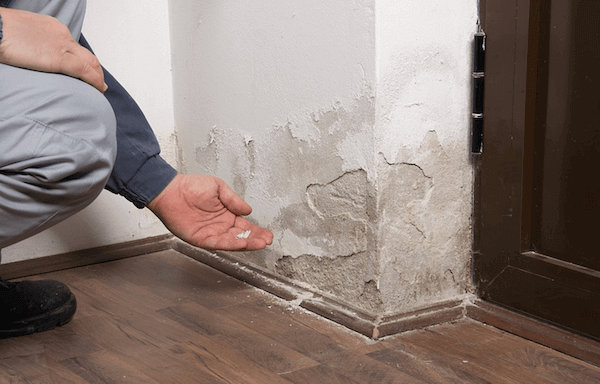Do's & Don'ts of Water Restoration.
Do's & Don'ts of Water Restoration.
Blog Article
We've unearthed the article on Reducing Your Risk Of Water And Fire Damage At Home down the page on the net and concluded it made sense to write about it with you in this article.

Water offers life, water invasion on parts where it's not supposed to be can result in damage. If the water soaks right into your framework, it can peel off away surface areas and also wear down the foundation. Mold and mildew and mildew also prosper in a wet setting, which can be hazardous for your health. Houses with water damages scent old and mildewy.
Water can come from many resources such as hurricanes, floodings, ruptured pipes, leaks, and also drain issues. In case you experience water damage, it would be good to know some safety and security preventative measures. Below are a few standards on just how to take care of water damages.
Do Prioritize Home Insurance Coverage Protection
Water damage from flooding because of hefty winds is seasonal. You can likewise experience an unexpected flooding when a damaged pipeline suddenly ruptures right into your home. It would certainly be best to have house insurance policy that covers both acts of God such as all-natural disasters, as well as emergency situations like busted plumbing.
Don't Neglect to Shut Off Utilities
This reduces off power to your entire house, preventing electrical shocks when water comes in as it is a conductor. Don't fail to remember to transform off the main water line valve.
Do Remain Proactive and Heed Weather Alerts
Listen to evacuation cautions if you live near a lake, creek, or river . Doing so lowers prospective building damages.
Do Not Ignore the Roofing System
You can stay clear of rain damage if there are no openings and leakages in your roof. This will stop water from moving down your walls as well as saturating your ceiling.
Do Take Notice Of Little Leakages
A burst pipe doesn't take place over night. You may discover bubbling paint, peeling off wallpaper, water streaks, water spots, or dripping audios behind the walls. Have your plumbing fixed before it results in large damage.
Do Not Panic in Case of a Ruptured Pipe
When it comes to water damages, timing is crucial. Thus, if a pipe bursts in your house, promptly shut off your main water valve to cut off the resource. Call a respectable water damage repair specialist for aid.
Water provides life, water intrusion on components where it's not supposed to be can result in damage. Residences with water damages odor old and mildewy.
Water damages from flooding charges to hefty winds is seasonal. You may notice bubbling paint, peeling wallpaper, water streaks, water stains, or dripping sounds behind the wall surfaces. When it comes to water damages, timing is key.
Some Do's & Don't When Dealing with a Water Damage
DO:
Make sure the water source has been eliminated. Contact a plumber if needed. Turn off circuit breakers supplying electricity to wet areas and unplug any electronics that are on wet carpet or surfaces Remove small furniture items Remove as much excess water as possible by mopping or blotting; Use WHITE towels to blot wet carpeting Wipe water from wooden furniture after removing anything on it Remove and prop up wet upholstery cushions for even drying (check for any bleeding) Pin up curtains or furniture skirts if needed Place aluminum foil, saucers or wood blocks between furniture legs and wet carpet Turn on air conditioning for maximum drying in winter and open windows in the summer Open any drawers and cabinets affected for complete drying but do not force them open Remove any valuable art objects or paintings to a safe, dry place Open any suitcases or luggage that may have been affected to dry, preferably in sunlight Hang any fur or leather goods to dry at room temperature Punch small holes in sagging ceilings to relieve trapped water (don't forget to place pans beneath!); however, if the ceiling is sagging extremely low, stay out of the room and we'll take care of it DO NOT:
Leave wet fabrics in place; dry them as soon as possible Leave books, magazines or any other colored items on wet carpets or floor Use your household vacuum to remove water Use TV's or other electronics/appliances while standing on wet carpets or floors; especially not on wet concrete floors Turn on ceiling fixtures if the ceiling is wet Turn your heat up, unless instructed otherwise

We were guided to that report about Reducing Your Risk Of Water And Fire Damage At Home from a good friend on another site. In case you enjoyed our article kindly do not forget to pass it around. I cherish reading our article about What You Can Do At Home To Prevent Fire And Water Damage.
Report this page